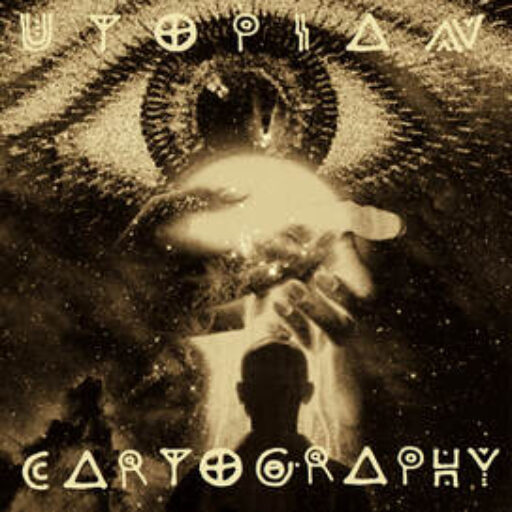This was my favorite movie for a while as a kid, super heartwarming & inspiring!
“The film tells the story of an anthropomorphic rooster named Chanticleer, who lives on a farm and crows every morning to raise the sun. However, he leaves his farm to become a rock star in the city after being tricked by the Grand Duke of Owls, whose kind hates sunshine, into thinking that his crow does not actually raise the sun. Without Chanticleer, rain continues to pour non-stop, causing a massive flood all over the country. The Duke and his henchmen take over in the darkness, and plan to eat all of the barnyard animals. Chanticleer’s friends from the farm, along with Edmond, a young human boy who was transformed into a kitten by the Duke, take off on a mission to get Chanticleer to bring back the sun and save the country before it is too late.”
